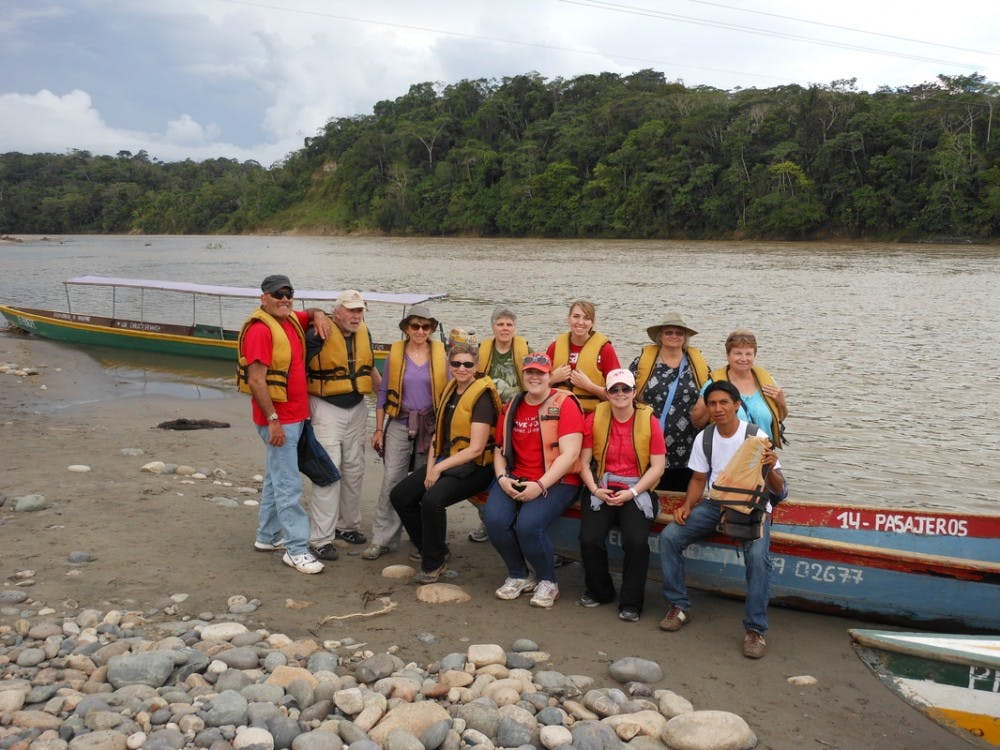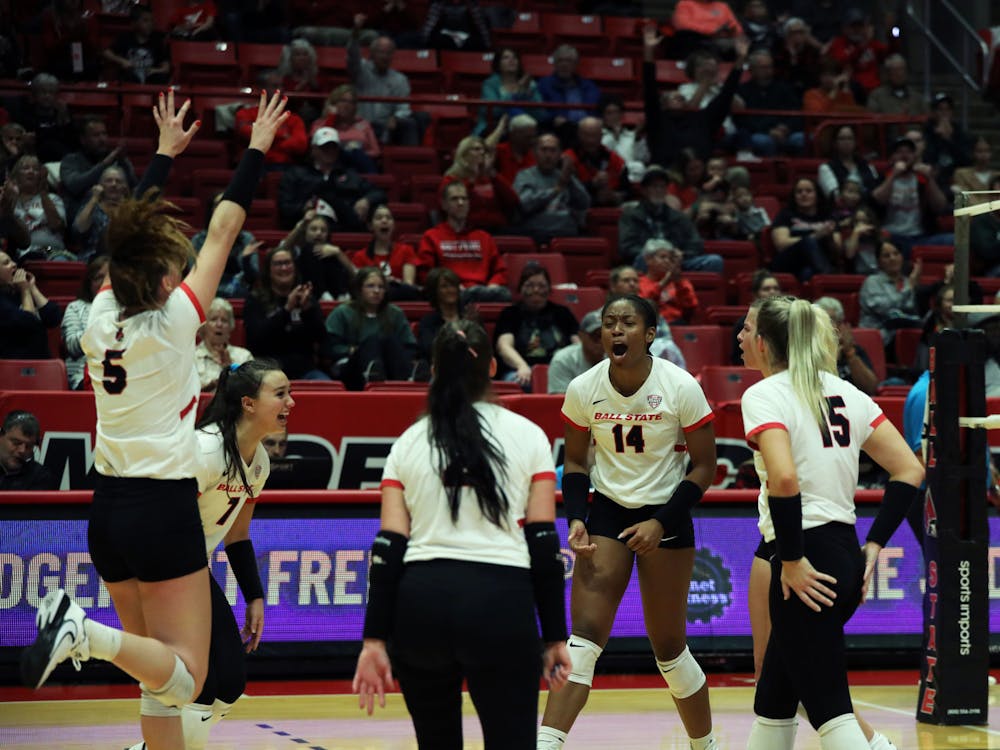Pucciarelli is an associate professor and program director in the hospitality and food management department. Her path to her unique field of study can be traced back through her food-filled career history.
Recently, Pucciarelli applied her chocolate knowledge to the Ball State classroom when she took two groups of college students on field studies to Ecuador in 2013 and 2014 to examine all parts of the chocolate production process. Activities included growing cocoa, making chocolate and meeting with cocoa growers.
Olivia Block went on the 2014 field study, and beyond just learning about chocolate, Block also gained an appreciation for another culture.
“I mainly learned about chocolate ‘from bean to bar.’ Many people are not aware of how chocolate is made, or even that it is grown on a tree,” she said. “Ecuador is a beautiful place, and we were able to experience so many different things in just the 10 days we were there. I will always remember this trip and keep it with me.”
Originally from New York, Pucciarelli graduated from the Culinary Institute of America and worked as a professional chef for many years. After transitioning into institutional feeding while living in California, she became interested in nutrition and decided to go back to school.
It was while Pucciarelli was in graduate school at the University of California at Davis that the opportunity first arose to study chocolate. Lewis Grivetti, a professor she was a teaching assistant for, had received a grant from the Mars corporation and approached Pucciarelli about becoming involved in the project.
After some thought, Pucciarelli agreed to be the program director if she could also tie in the project with her thesis work. While the whole project centered around the history of chocolate, Pucciarelli’s thesis focused in on a unique aspect of chocolate’s history.
“My thesis, or dissertation, was on looking at how chocolate is used as a medicine. It has a long history, hundreds of years, of chocolate being used medicinally,” Pucciarelli said.
She and the team of researchers traveled to many different countries across the globe to chart chocolate’s colorful history.
Much of Pucciarelli’s work was done in Mexico, where a lot of historical documentation about the prescription of chocolate as a medicine exists.
Despite the enticing thought of medicinal chocolate, Pucciarelli explained that the chocolate consumed in the past differs greatly from the market product of today.
“At that time it was only a beverage, not a solid. Back then, [cocoa] is much more coarsely ground, it’s not as fine, and they’re adding water to it with no sugar, so the bad stuff we add to it today is not present.”
The technology to turn chocolate into a bar didn’t come about until the late 1700s or early 1800s, explaining the use of cocoa only in beverages.
She also said the cocoa mixture doctors were prescribing was extremely bitter; even the darkest of dark chocolates usually contain about 30 percent sugar, while the cocoa mixture contained no added sugar.
As for what conditions chocolate was prescribed for, they vary depending on the doctor and the area.
While researching at Huntington Library in Pasadena, Pucciarelli stumbled across a newly donated set of historic cookbooks, most of them dated from the 1700s and 1800s. While the recipes were interesting, it was the advertisements printed on the inside covers that caught Pucciarelli’s attention.
“I opened up the back cover, and there it says, ‘For Sale, Schuler’s Cocoa, Good for Ailing, Smallpox,’ and other diseases,” she said.
Pucciarelli said chocolate was often given to those who had “wasting diseases,” or diseases that made the body very weak, such as the flu, smallpox and yellow fever. Though it did not cure the diseases, doctors noticed it often treated the symptoms.
“Chocolate is 50 percent cocoa butter, which means it’s very caloric, so you start feeding chocolate to wasted patients and they begin to gain weight. Not only that, but there is a nutrient in chocolate that makes you alert,” Pucciarelli said. “It’s not curing the actual viruses but the wasting outcomes. So doctors, before they understand germ theory, they are feeding patients chocolate and saying, ‘Wow, they’re getting better, of course it must be medicinal.’”
In parts of Mexico and Panama, cocoa it is still consumed as a beverage, and it can have positive implications on heart health, Pucciarelli said.
“Nowadays, some cultures still drink it. It is part of their lifestyle to consume quite a bit of cocoa on a daily basis, and if you look at populations in Panama that have maintained this tradition, their heart disease rates are lower,” she said. “Now, again, they are not consuming it with sugar and other factors play a role, but nevertheless, people that consume high amounts of cocoa as a beverage, the bitter kind, seem to be healthier.”
The research Pucciarelli did with the chocolate project has brought her to many different countries. She has presented her findings in Germany, Africa and the Smithsonian museum in Washington, D.C., among other places.
Pucciarelli hopes her chocolate knowledge benefits the students in her classes and continues to hold a personal interest in the subject of chocolate.





